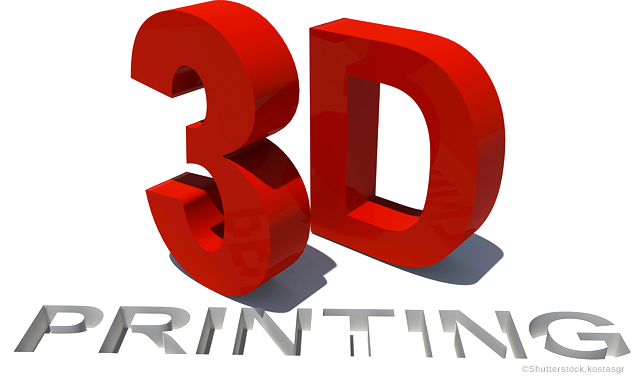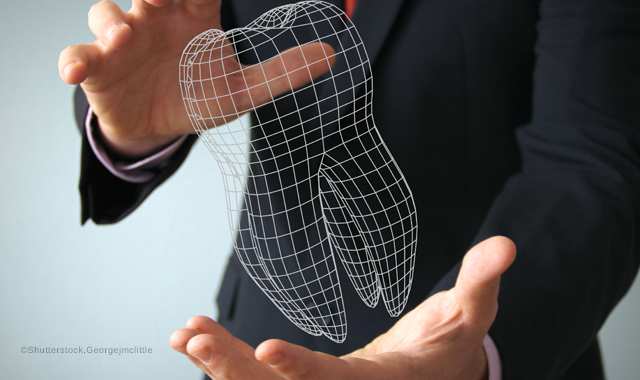Quiz - Test Your Knowledge on 3D Printing Materials in Dentistry


Dentistry was one of the first industries to be severely impacted by 3D printing.
As 3D printing combines with oral scanning and CAD/CAM technology, more and more dentists and dental laboratories are seeing how digital dentistry continues to dramatically affect the oral healthcare industry.
Take this short quiz to see if you're keeping up with advances 3D printing is making in the dental industry.
To first question
See correct answer and explanation

Correct answer: False
Before printing, computers create a model of the item on a 3D scale with three coordinate axes. Printers create layers drawn on the X and Y axes (the Z axis being the height of the object, or the combination of all of the layers). 3D printers often use a support material that is printed with the model, which is to be removed after printing by either snapping it off or dissolving it, depending on the material used.
If more than one item can fit on the same printing plane, it is possible to print more than one at a time. However, they would both have to be made of the same material and would share the same support structure. Only after printing would you recognize that they were two separate items. Often this is done to print something with multiple parts that are separate but designed to work together. (Source)
The Objet30 OrthoDesk creates as many as 20 models per print run. (Source)
To next question
See correct answer and explanation

Correct answer: All of the above
The days of taking a physical impression to create a plaster stone model for teeth have been on their way out for a while, thanks to CAD/CAM technology. 3D printing expands on the capabilities of CAD/CAM and makes the process of creating original, custom materials even quicker and easier than before.
Now, dentists can take a 3D scan of the patient's mouth, use a digital 3D image to plan appliances or get a second opinion, send the 3D CAD file to a 3D printer, which will create the model from thin layers of material.

Oral scanning, CAD/CAM technology and 3D imaging means that dentists and orthodontists can now do almost everything in-house because the new model creates the full range of orthodontic appliances. (Source)
To next question
See correct answer and explanation

Correct answer: The cost is about the same
Most labs affirm that the cost of creating stone models, including the cost of labor and materials, is about the same as printing the same models, according to Weng Lam, dental sales manager at Stratasys. The convenience and efficiency of 3D printing, however, far outweighs that of traditional stone model making.
To next question
See correct answer and explanation

Correct answer: False
This is tricky. Though the FDA approves certain biocompatible materials, it does not issue "blanket" approvals for materials with a variety of uses. Instead, the FDA evaluates materials only within the confines of their intended use.
An article from the Medical Device and Diagnostic Industry website states it clearly: "Just because a raw material is biocompatible does not necessarily mean that the device itself will also be biocompatible." The FDA encourages manufacturers "to evaluate the impact of the production process on materials." The FDA recently published a guide for how to evaluate medical devices called "Use of International Standard ISO 10993, 'Biological Evaluation of Medical Devices Part 1: Evaluation and Testing.'" (Source)
To next question
See correct answer and explanation

Correct answer: All of them
Once periodontists perform a CBCT scan on their patient, they can integrate that file into any guided surgery software program. Once there, they can choose the type of implant system and size to create a surgical guide, which is then exported to a 3D printer.
"I can use any implant system and customize the guides to the way I want them to be and as I see it best suits for my patient's needs and their desired outcomes," said Dr. Richard Nejat, DDS, a diplomat at the American Board of Periodontology and a periodontist in New York. (Source)